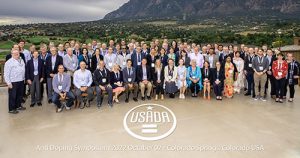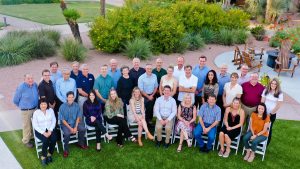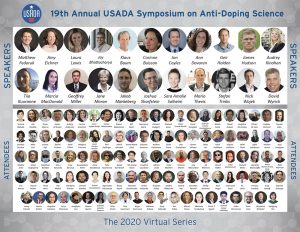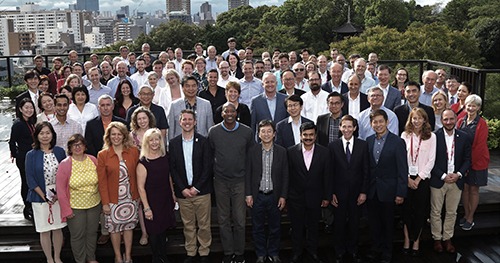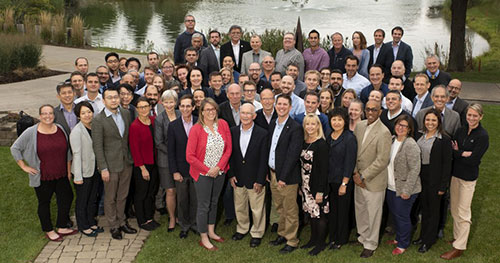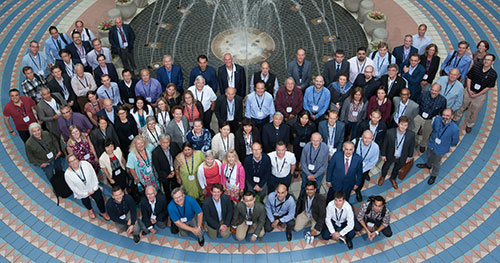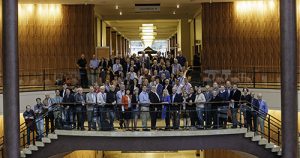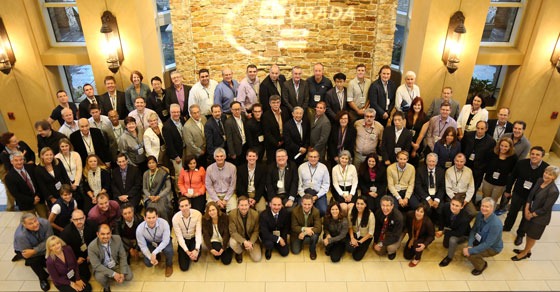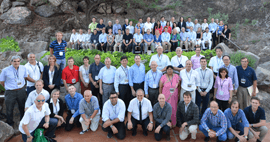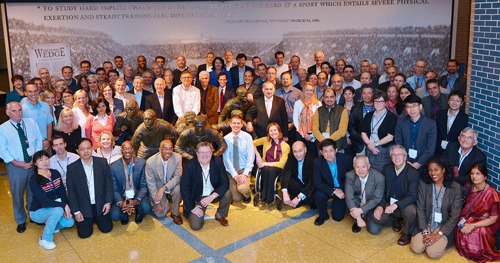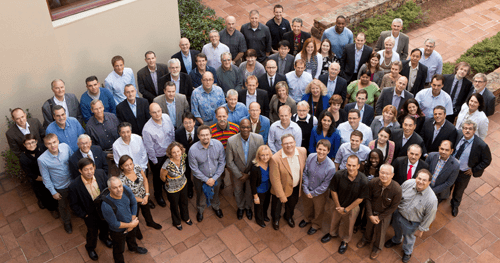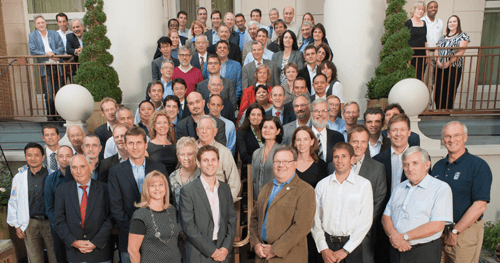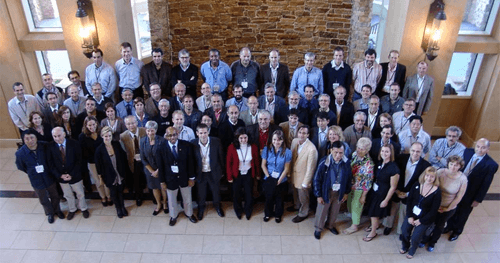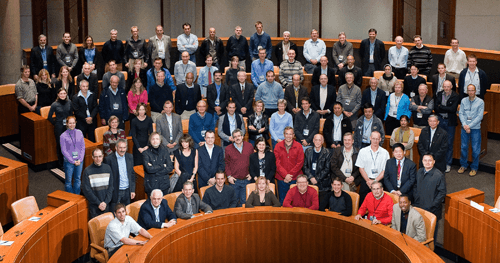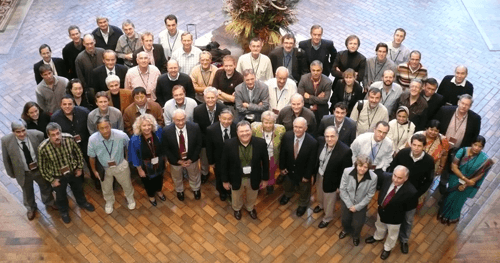Science Symposium
Since 2002, the U.S. Anti-Doping Agency has hosted the Annual USADA Symposium on Anti-Doping Science, aimed at bringing together anti-doping experts from around the world, including guests from more than 30 countries, to inform and shape meaningful anti-doping research programs for the future.
The attendees consist of WADA-accredited laboratories, anti-doping organizations, International Federations of the Olympic Movement, and scientific experts in the field of interest for each particular Symposium. A limited number of attendees are invited to attend the Symposium in order to provide a forum for exchanging scientific information.
The Symposium enables our attendees to stay up-to-date with the latest research and scientific developments in anti-doping and provides a unique opportunity to meet with peers and colleagues in their field.
Every year, the Symposium focuses on a key topic relevant to anti-doping science at that time. Read below for information regarding each Symposium.
Revisiting Oxygen Transport Manipulation and Blood Doping Detection: Who’s Winning?
22nd Annual USADA Symposium on Anti-Doping Science September 29-October 1, 2023 in Paris, France

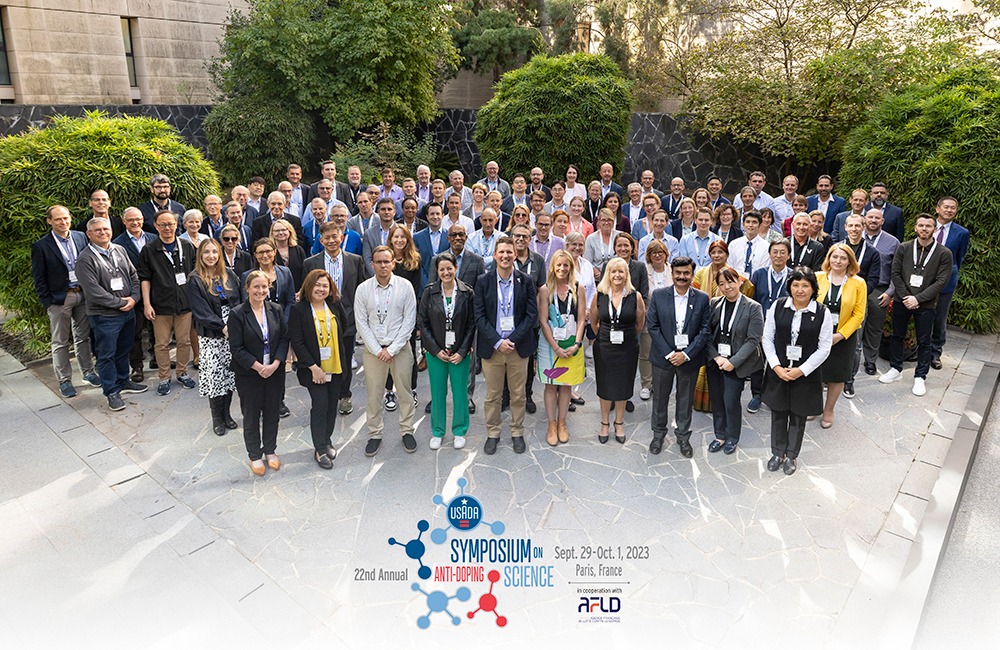
Ahead of the 2024 Olympic and Paralympic Games, the first Games to be held in Paris in 100 years, the U.S. Anti-Doping Agency (USADA) continued its tradition of international scientific collaboration by hosting the 22nd Annual USADA Symposium on Anti-Doping Science in cooperation with Agence française de lutte contre le dopage (AFLD), the French National Anti-Doping Organization in the French capital, Paris.
Blood doping and the use of substances to manipulate oxygen transport remain the most highly effective doping and recovery agents for endurance athletes (performance) and continue to present vexing detection challenges. Despite significant scientific advances since the turn of the century, a direct method of autologous blood transfusion remains elusive. Meanwhile, the pharmaceutical industry continues to develop novel agents affecting the erythropoietic pathway which have the potential to be abused in sport.
The Symposium, entitled “Revisiting Oxygen Transport Manipulation and Blood Doping Detection: Who’s Winning?” focused on existing and new scientific knowledge to understand complex mechanisms of oxygen transport and regulatory systems, and developing innovative techniques to monitor and detect manipulation by blood doping substances and methods. We investigated and discussed how blood doping has evolved and the new challenges faced in less conventional “blood-doping” sports.



